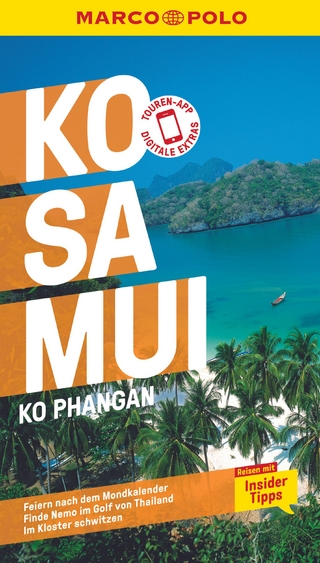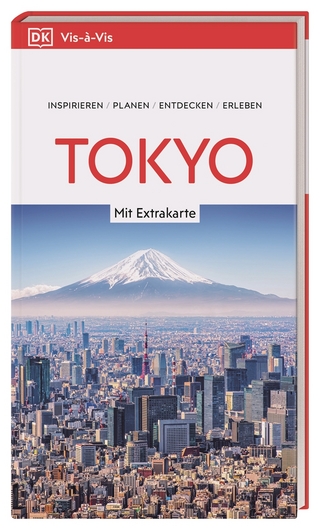
Keramat, Sacred Relics and Forbidden Idols in Singapore
Seiten
2024
Routledge (Verlag)
978-1-032-78588-2 (ISBN)
Routledge (Verlag)
978-1-032-78588-2 (ISBN)
This book critically examines the often-tense relationship between keramat and authority, both secular and religious, from colonial to modern times.
A vital resource for scholars, this work contributes to a people's history of Singapore, one that both deepens and problematizes official historical accounts.
Keramat, holy graves and shrines, represent physical markers of Singapore’s history as a multi‑ethnic maritime trading center. They offered sanctified spaces not only for Muslims but also for the entire community in which they emerged. Maintained by self‑appointed caretakers, the stories of keramat often interweave fact with folklore that mirror the history and sensibilities of the community.
While once an abundant part of the social landscape of Singapore, many keramat were destroyed during the post‑independence rush to develop. These keramat now face a second vanishing with memories of them fading as caretakers and community members age and pass away. In parallel, many modern Muslims consider keramat as a form of shirk, or polytheism, and tacitly consent to their destruction. This book concludes by critically examining the often‑tense relationship between keramat and authority, both secular and religious, from colonial to modern times. The dilemmas of grappling with puritanical norms and grassroots elaborations in varying modes of preservation are investigated using case studies from Singapore and the wider region.
A vital resource for scholars, this work contributes to a people’s history of Singapore, one that both deepens and problematizes official historical accounts.
A vital resource for scholars, this work contributes to a people's history of Singapore, one that both deepens and problematizes official historical accounts.
Keramat, holy graves and shrines, represent physical markers of Singapore’s history as a multi‑ethnic maritime trading center. They offered sanctified spaces not only for Muslims but also for the entire community in which they emerged. Maintained by self‑appointed caretakers, the stories of keramat often interweave fact with folklore that mirror the history and sensibilities of the community.
While once an abundant part of the social landscape of Singapore, many keramat were destroyed during the post‑independence rush to develop. These keramat now face a second vanishing with memories of them fading as caretakers and community members age and pass away. In parallel, many modern Muslims consider keramat as a form of shirk, or polytheism, and tacitly consent to their destruction. This book concludes by critically examining the often‑tense relationship between keramat and authority, both secular and religious, from colonial to modern times. The dilemmas of grappling with puritanical norms and grassroots elaborations in varying modes of preservation are investigated using case studies from Singapore and the wider region.
A vital resource for scholars, this work contributes to a people’s history of Singapore, one that both deepens and problematizes official historical accounts.
William L. Gibson is a writer and researcher based in Southeast Asia. His non‑fiction publications include Alfred Raquez and the French Experience of the Far East, 1898–1906 (Routledge 2021).
1 The Keramat of Singapore
2 Keramat Hidup
3 Imams, Maulanas, and Penghulus
4 Legendary Figures
5 Datuk Keramat
6 Dargah and Grave‑Shrines
7 Kubor Panjang
8 Keramat and Authority
9 Keramat and Heritage
| Erscheinungsdatum | 24.07.2024 |
|---|---|
| Reihe/Serie | Routledge Contemporary Southeast Asia Series |
| Zusatzinfo | 42 Halftones, black and white; 42 Illustrations, black and white |
| Verlagsort | London |
| Sprache | englisch |
| Maße | 156 x 234 mm |
| Gewicht | 585 g |
| Themenwelt | Kunst / Musik / Theater |
| Reisen ► Reiseführer ► Asien | |
| Geisteswissenschaften ► Archäologie | |
| Geisteswissenschaften ► Geschichte ► Hilfswissenschaften | |
| Sozialwissenschaften ► Soziologie ► Spezielle Soziologien | |
| ISBN-10 | 1-032-78588-8 / 1032785888 |
| ISBN-13 | 978-1-032-78588-2 / 9781032785882 |
| Zustand | Neuware |
| Informationen gemäß Produktsicherheitsverordnung (GPSR) | |
| Haben Sie eine Frage zum Produkt? |
Mehr entdecken
aus dem Bereich
aus dem Bereich


